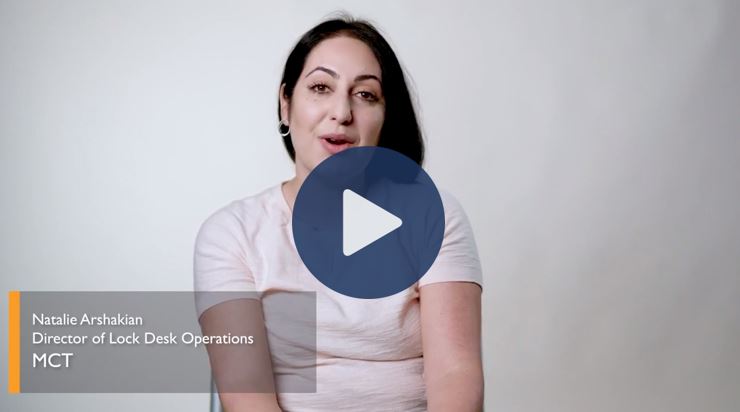MCT® has improved the accuracy of indicative pricing for lender clients in time for year-end mark-to-market pipeline valuations, as part of an ongoing collaboration with leading investors. Lenders using MCT’s loan pipeline management software, MCTlive!®, received bid tape pricing at the loan level on their open pipeline in year-end mark-to-market reports, a major improvement over the rate sheet and direct trade pricing typically used for this purpose and the first step in addressing a recent crisis in derivative asset pipeline valuation.
“This year-end reporting is the first time loan-level bid tape pricing has been made available to lenders on their open pipeline. We’re proud to provide more accurate derivative asset accounting to our clients, and look forward to the next stages of this ongoing initiative to improve indicative pricing.”
MCT clients rely on Mark-to-market reports to review the indicative pricing and value of their open pipeline of interest rate lock commitments. The accuracy of these valuations is very important for financial planning, particularly for independent mortgage bankers. Historically, indicative pricing has been derived from static investor rate sheets and direct trade pricing which were consistent with typical execution pricing and could be relied on for accounting purposes.
However, the rise of loan sales via bid tape and associated breadth of data available to investors has resulted in more competitive and granular pricing. As a result, actual execution pricing has increasingly diverged from indicative pricing. MCT has tracked and measured this derivative asset accounting challenge over the last several years; read more about the associated background and trends.
To resolve this problem, MCT is working with leading investors to provide loan level bid tape pricing on clients’ open pipelines. This effectively closes the gap between indicative and execution pricing which in turn improves financial forecasting and future cash flow planning.
The bid tape pricing of MCT client pipelines is conducted through the MCT Marketplace (MCT Marketplace®) platform via a secure process which shields sensitive client and borrower data while maintaining the accuracy of pricing. Universal Loan Identifiers are replaced with a proprietary MCT ID, address information is replaced by the MCT Geocoder, and other information such as borrower name is removed.
Phil Rasori will be hosting a client-exclusive webinar on the improved mark-to-market reporting and other developments expected for 2019 on Thursday, January 24, 2019 at 10AM Pacific Time. Interested parties are encouraged to contact us for more information.
Learn More About Daily Mark-to-Market Reporting
Watch a video from MCT’s Director of Product & Pricing, Benjamin Coll, to learn more about MCT’s mark-to-market reporting and white label rate sheets.
Contact us today to speak with one of our pricing experts about this growing problem and how our Mortgage Product & Pricing Engine can help you close the gap between indication and execution pricing while improving your financial forecasting and future cash flow planning.
Product & Pricing: Latest News & Educational Articles



